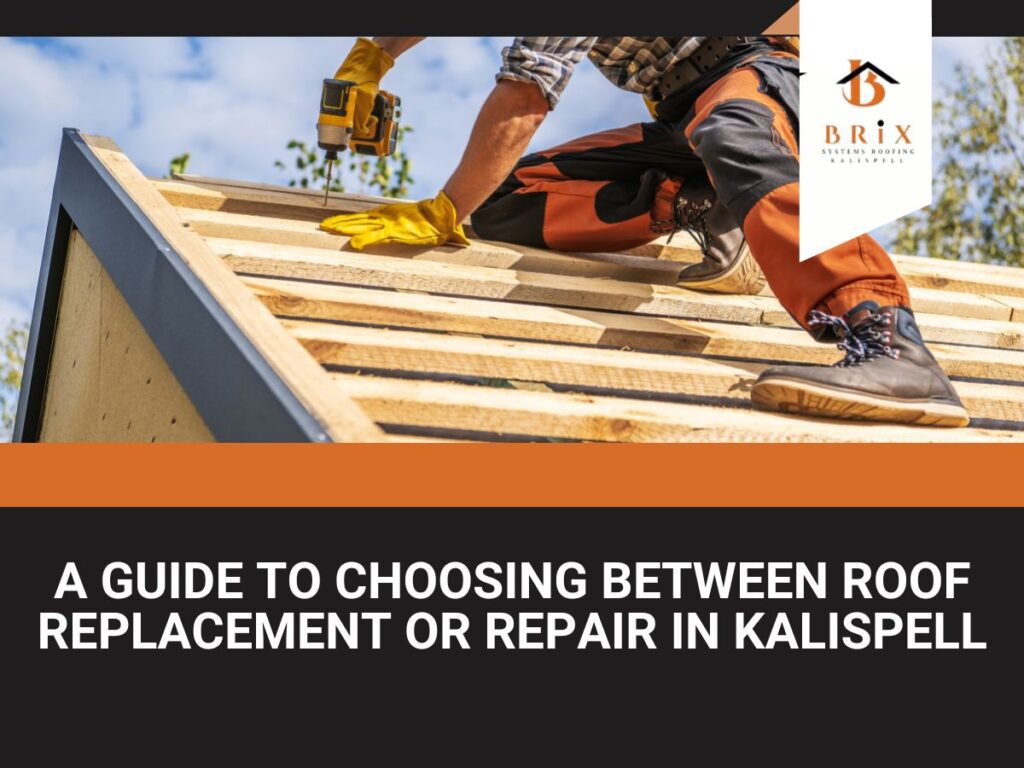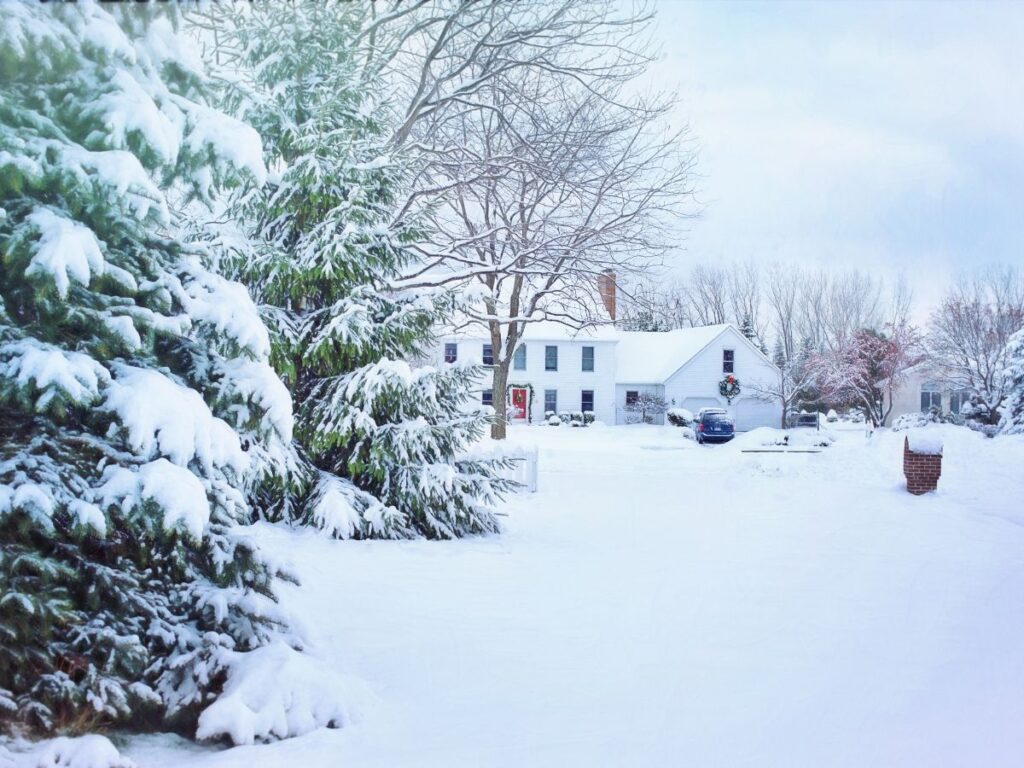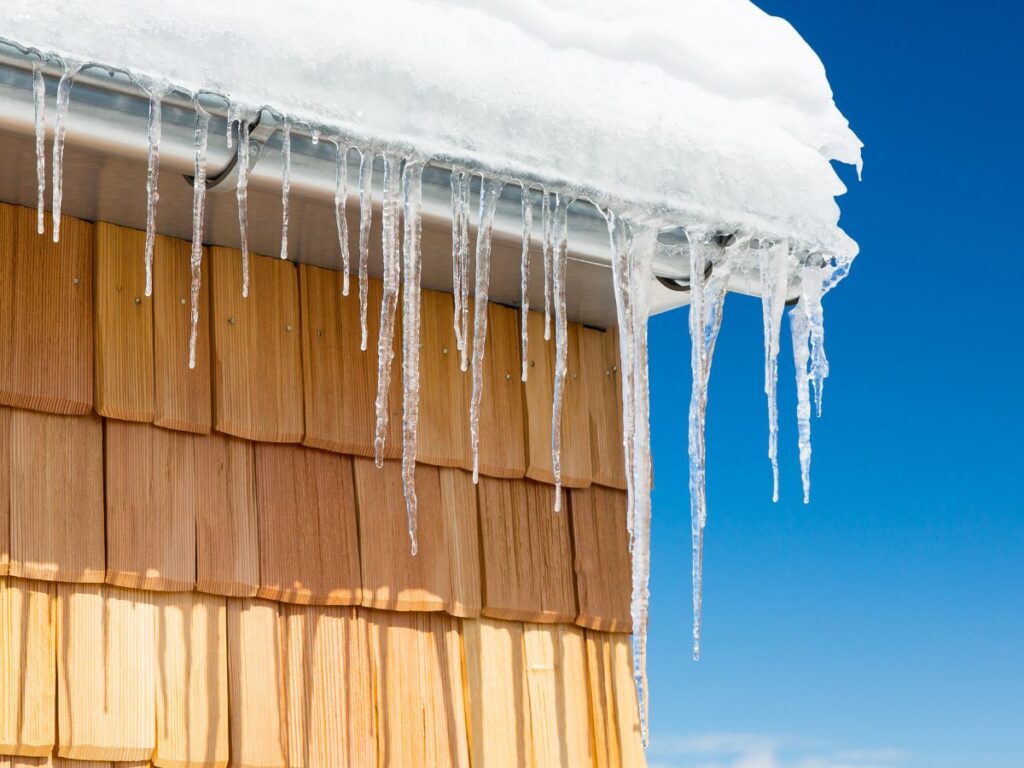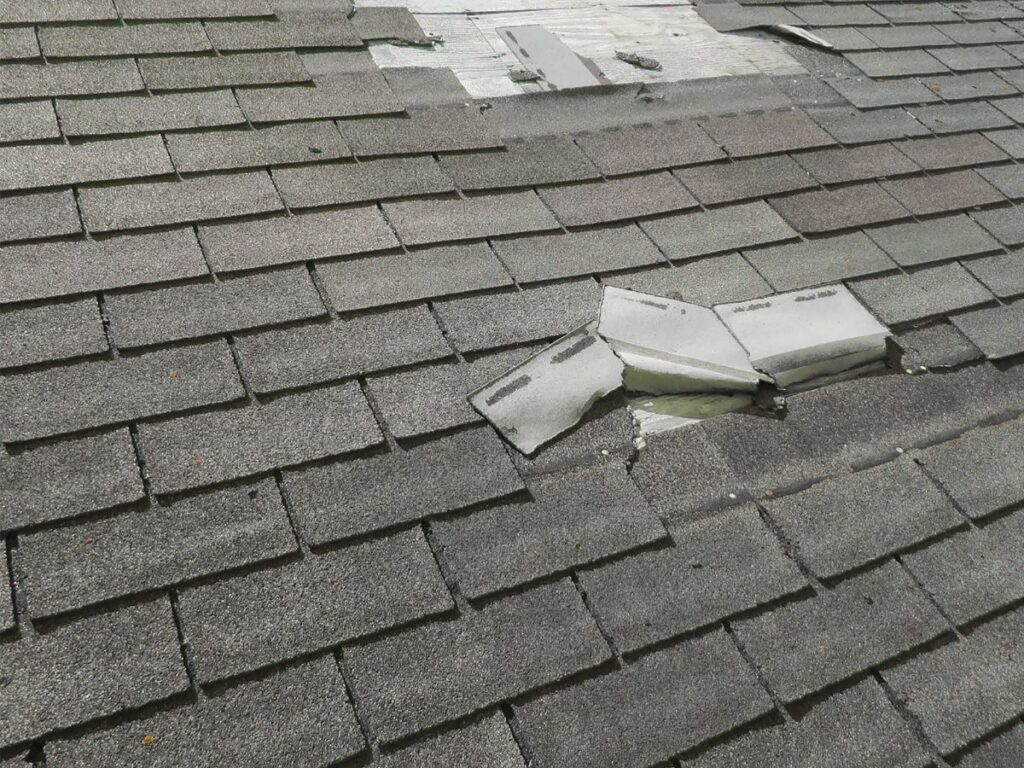
Maintaining a strong and reliable roof is paramount for homeowners in Kalispell, Montana, where the climate can pose unique challenges to residential infrastructure. Given the region's propensity for heavy snowfall, strong winds, and occasional hail, the condition of a home's roof is not just a matter of aesthetic concern but a critical component of its overall safety and durability.
The decision between roof repair and replacement carries significant financial and practical implications. Opting for repairs might be cost-effective in the short term but could lead to higher expenses if the underlying issues are not adequately addressed.
Conversely, while a roof replacement represents a substantial investment, it can prevent future problems, enhance the home’s energy efficiency, and increase its market value. Let's look at the difference between roof replacement or repair in Kalispell.
Several key factors must be considered when deciding whether to repair or replace a roof in Kalispell, Montana. These factors are not just about the immediate condition of the roof but also involve considering the long-term effects of Kalispell’s unique climate, the roof's age, the extent of damage, and the materials used in its construction.
Each of these elements plays a crucial role in determining the most cost-effective and sustainable roofing strategy.
The local climate is a major determinant in the longevity and performance of roofing materials. Kalispell experiences a range of weather conditions that can be harsh on roofing structures, including heavy snow, strong winds, and occasional hail.
| Weather Event | Common Damage | Potential Repair/Replacement Need |
| Heavy Snow | Structural stress, ice damming | Replacement may be necessary if structural integrity is compromised |
| Strong Winds | Missing shingles, exposed decking | Replacement or repair depending on the extent |
| Hail | Cracked or bruised shingles | Repair if minor, replace if extensive |
The age of a roof is a critical indicator of its need for repair or replacement. As roofing materials age, they deteriorate and become less effective at protecting a home.
Evaluating the extent of damage is essential in deciding between repair and replacement. This involves a detailed inspection to assess the severity and scope of damage.
The choice of roofing material affects not only the appearance of a home but also its resilience to local weather conditions and its overall lifespan.
Roof repair is a critical aspect of maintaining a home's structural integrity and comfort, especially in environments like Kalispell, where the weather can be harsh. It involves a detailed evaluation and precise execution to address specific damages, which can significantly extend a roof's service life, particularly in challenging climates like that of Kalispell.
The process typically begins with a thorough inspection to identify all areas of damage.
Roof replacement is a significant undertaking that involves completely removing the old roofing system and installing a new one. This option is usually considered when repairs are no longer sufficient to ensure the safety and integrity of the home.
In places like Kalispell, where extreme weather can accelerate the wear and tear on a roof, understanding the replacement process is crucial for homeowners.
Deciding whether to repair or replace a roof in Kalispell can be challenging, given the harsh weather conditions and the significant investment involved in either option. Homeowners must weigh several factors, including the condition of the roof, cost implications, and long-term benefits, to make an informed decision.
To choose effectively between repair and replacement, a thorough assessment of the roof's current state is essential. Here are steps to guide you:
Performing a cost-benefit analysis can help determine the most cost-effective and practical solution for your roofing needs:
| Service Type | Estimated Cost Range | Notes |
| Roof Repair | $150 - $1,500 | Minor to moderate repairs; costs vary based on the extent of damage and the specific repairs needed (e.g., shingle replacement, leak sealing, flashing repair). |
| Roof Replacement | $5,000 - $15,000 or more | Total replacement costs depend on the roof size, material type (e.g., asphalt shingles, metal roofing), and labor. The higher end may involve premium materials or complex roof structures. |
In Kalispell, Montana, the decision to replace a roof is often influenced by unique local conditions that can severely challenge the integrity of roofing systems. The area's distinct climate and environmental factors can accelerate the deterioration of roofs, making replacement a necessary consideration under certain circumstances.
Kalispell is subject to a variety of severe weather conditions that can cause extensive damage to roofs, making replacement the most viable option:
Heavy Snowfall: The weight of heavy snow can cause structural damage to the roof, particularly if the roof is nearing the end of its useful life. Snow accumulation can lead to sagging and even collapse in extreme cases.

Ice Dams: These form when snow melts and refreezes at the edge of a roof, preventing proper drainage. Over time, water can back up under the shingles, causing leaks and damage that often necessitate complete replacement.

High Winds: Storms with high winds can strip shingles from the roof, exposing the underlayment or decking to further damage. If the wind damage is extensive, replacing the roof may be more cost-effective than extensive patchwork repairs.

The lifespan of roofing materials can be significantly shortened by Kalispell's climate:
Replacing an old roof can also be justified by the desire to increase a home's energy efficiency:
Building codes may change over time to reflect new safety standards or environmental regulations. Replacing an older roof can ensure compliance with current codes, which might mandate higher insulation values or specific materials that are more resistant to fire or wind.
The impact of the local climate on roofing materials, the age and condition of your roof, and the kind and level of damage it has sustained are all important considerations when deciding between roof repair and replacement in Kalispell. Replacing or patching problematic roof sections can adversely affect your property's safety, energy efficiency, and resale value.
Our analysis of the pros and cons of roof replacement versus repair in Kalispell shows that knowing the associated expenses is as important as determining if a roof repair or replacement is necessary. Naturally, this brings us to the significance of the upcoming blog post, "Ultimate Guide to Roofing Costs in Kalispell, Montana."
When you know these expenditures up front, you can make informed decisions that balance your long-term property investment with your immediate financial reality and help you budget more successfully.